Boomerang503
ACCESS: Restricted
- Joined
- 28 November 2021
- Messages
- 11
- Reaction score
- 31
Does anyone know if there are any diagrams showing the weapons bays and what kind of possible loadouts a production -32 could've carried?
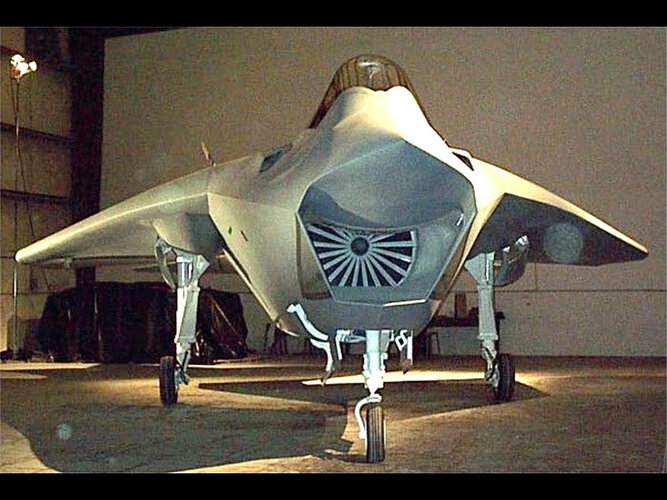
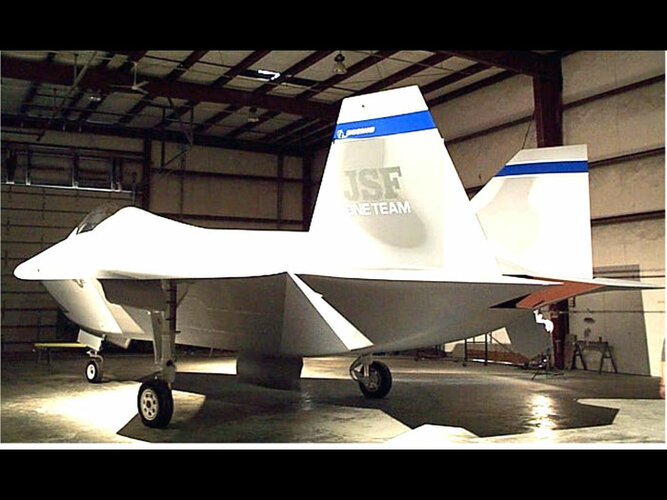
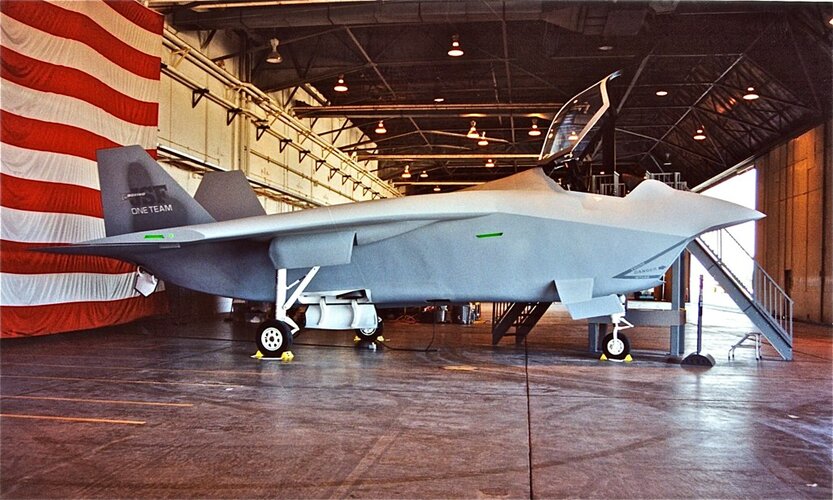
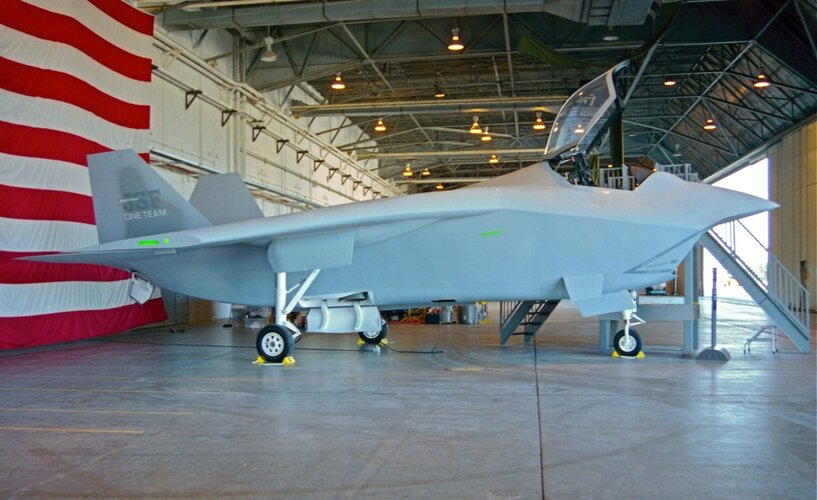
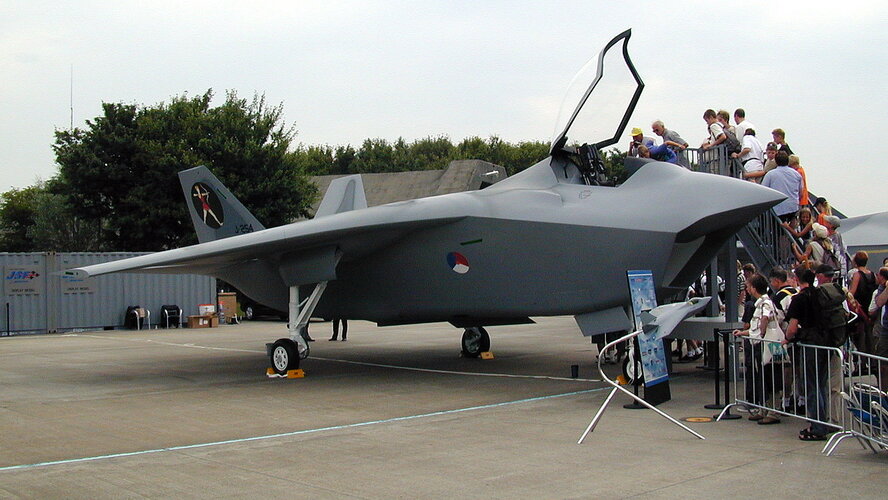
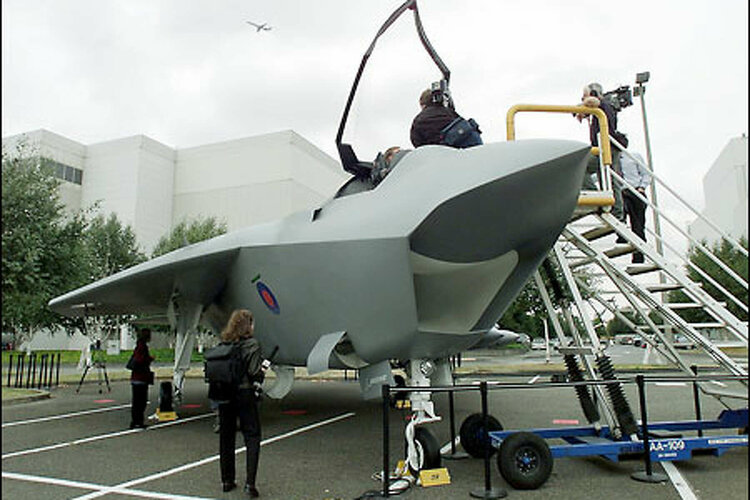
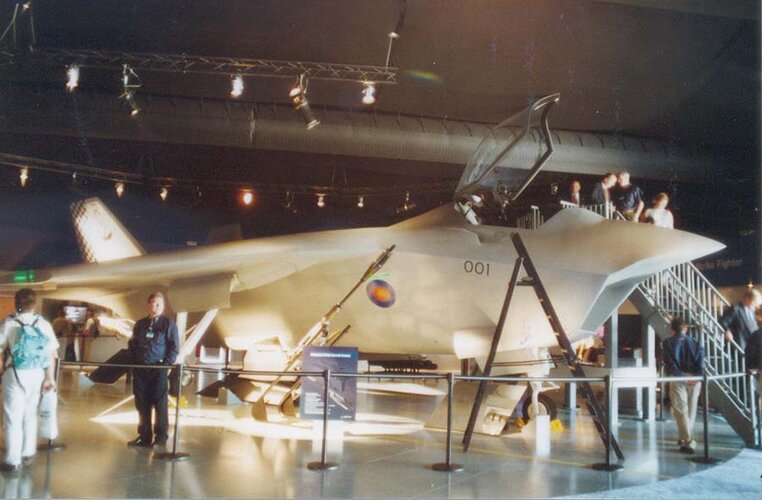
I think the AMRAAM stations were rail launchers if I remember correctly?
Mockup bay pics here https://www.secretprojects.co.uk/threads/boeing-jast-jsf-x-32-projects.2121/page-4#post-130195
Maybe it ejected the AMRAAM diagonally?
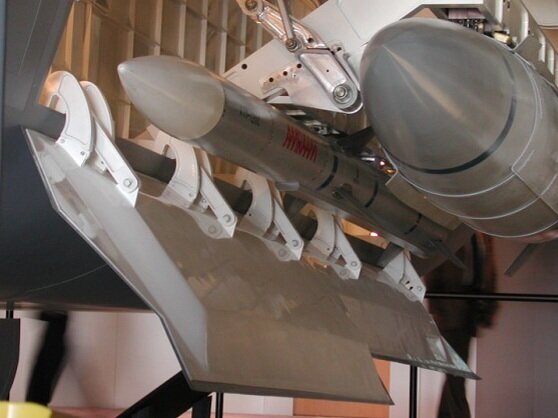
Ah ok, that makes sense. Thx for the hint!Actually it looks like the AMRAAM could have been ejected out the lower bay door without opening the upper bay door.
Exactly soActually it looks like the AMRAAM could have been ejected out the lower bay door without opening the upper bay door.
 www.aviationtoday.com
www.aviationtoday.com
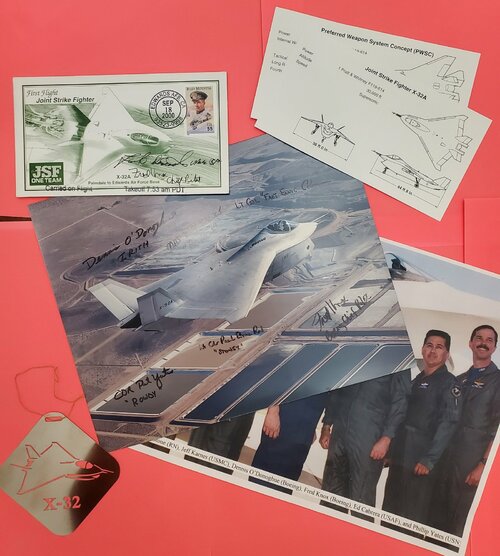
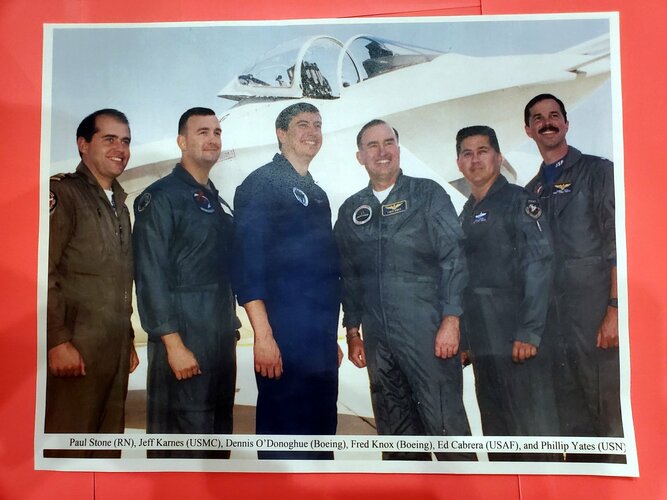
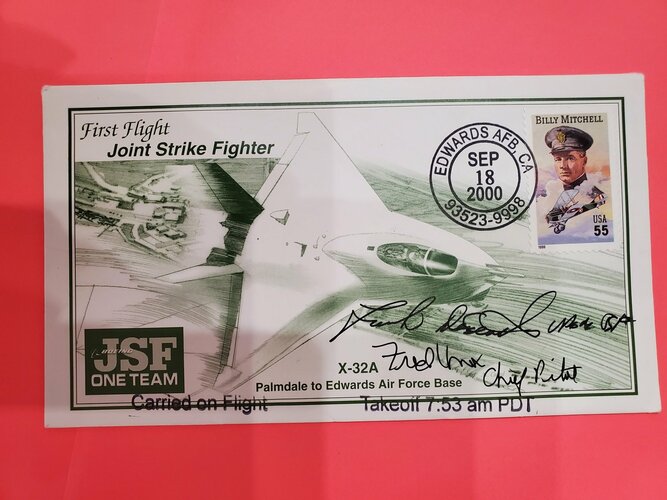
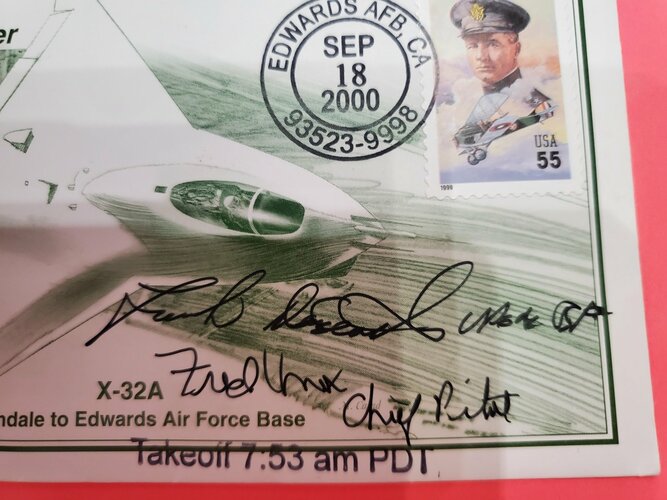
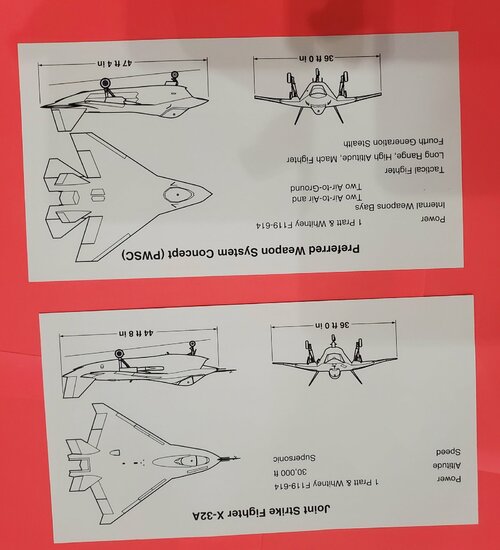
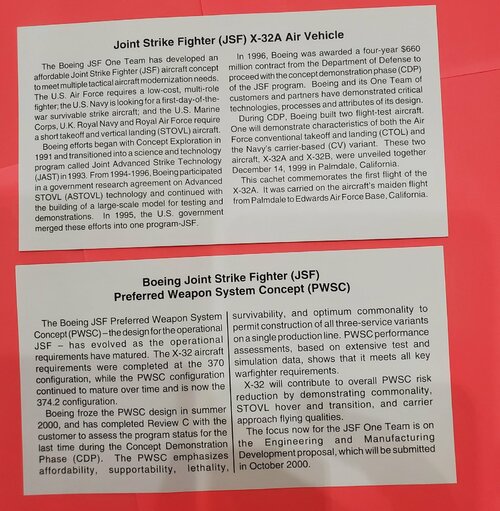
Maybe some forum member might personally know the pilot Fred Knox and/or the other people from the test and engineering crew mentioned in this new video."Monica is getting a new spray-on tan and lipstick."
During the recent restoration step at the National Museum of the United States Air Force, the Boeing X-32A was given a new paint coating.
Sources:
View: https://twitter.com/AFmuseum/status/1730911048553603374?t=toEEZYClhbgwzGD0Ye0Z4w&s=19

Boeing X-32A
This aircraft is on public display in the R&D gallery (May 28, 2024)The Boeing X-32 was a multi-purpose jet fighter in the Joint Strike Fighter contest. It lost to the Lockheed Martin X-35www.nationalmuseum.af.mil
https://youtu.be/20QyP2lTOAM?si=Yftf3wUSVMY9mvpBNational Museum of the U.S. Air Force - YouTube Channel said:Boeing X-32 Decals During Restoration-NMUSAF
The decal application process for the Boeing X-32A restoration is finished, and we're excited to showcase a glimpse of the completed decals. #restoration #avgeek
The Boeing X-32 was a multi-purpose jet fighter in the Joint Strike Fighter contest. It lost to the Lockheed Martin X-35 demonstrator, which was further developed into the F-35 Lightning II. In September 2000 the X-32A made its first flight, and it made a total of 66 flights during four months of testing. The flights demonstrated the aircraft's handling qualities for inflight refueling, weapons bay operations and supersonic flight. The aircraft was moved to the National Museum of the United States Air Force in 2005.
Here the next batch of pictures showing the restored Boeing X-32A.
Source (X fka Twitter):National Museum of the U.S. Air Force said:Another fantastic restoration is in the books for our top notch team!!! More photos and videos of the Boeing X-32 coming soon.
National Museum of the U.S. Air Force said:Boeing X-32A Video/Photo Shoot (NMUSAF Dec 2023)
The Boeing X-32 was a multi-purpose jet fighter in the Joint Strike Fighter contest. It lost to the Lockheed Martin X-35 demonstrator, which was further developed into the F-35 Lightning II. In September 2000 the X-32A made its first flight, and it made a total of 66 flights during four months of testing. The flights demonstrated the aircraft's handling qualities for inflight refueling, weapons bay operations and supersonic flight. The aircraft was moved to the National Museum of the United States Air Force in 2005.
Except otherwise the aircraft lacks sufficient stability and control… note how F-35 didnt need that kind of re-design because they got it right the first time.I dislike the version with the horizontal tail - it reduces the wing volume and area, while increasing the overall deck floorplan of the aircraft. It seems like a compromise detracting from the original vision.
No. It was a joke airplane. Boeing only got as far as they did because no-one had confidence LM could build it to cost/time (which proved prescient) and Boeing had a good reputation for that (well, kinda). The answer is no, because that had fallen by the wayside in an increasingly desperate effort to make the thing work.I have a couple of questions about this aircraft:
- How stealthy would it have been? It has pretty much its entire engine face exposed due to how the design works. Could it have had comparable LO characteristics to the 35?
What would have happened is the entire thing would have been cancelled because it was so compromised for STOVL, yet couldnt even do STOVL very well. There is no chance the USAF or USN would have allowed this to mess to persist and risk getting horribly compromised A/C aircraft.
- Did the design gain those horizontal stabilizers because of the carrier landing requirement? Was it necessary? The design had TVC and those giant control surfaces on the back of the wing, did it need h-stabs to do a carrier takeoff and landing?
- Did the production version not have leading edge slats?
- Considering the design needs very little hardware to do VSTOL (just a butterfly valve, a couple of doors and a couple of secondary exhaust ports), would it have been viable to delete the C variant and make the Navy use the VSTOL version
The USN also changed their carrier approach specs after Boeing had frozen the design for the X32 as the big delta under the Common Affordable Lightweight Fighter (CALF) program.Except otherwise the aircraft lacks sufficient stability and control… note how F-35 didnt need that kind of re-design because they got it right the first time.
Boeing's design was seen as relatively simple and therefore low risk. Yes, it did need a really big engine for lift (~40klbs dry thrust), since it was balancing on a pair of Harrier nozzles. Yes, it was also pretty chunky because direct lift needs the engine at or ahead of CG so the exhaust nozzles are at CG and the weapons bays more or less on CG.What would have happened is the entire thing would have been cancelled because it was so compromised for STOVL, yet couldnt even do STOVL very well. There is no chance the USAF or USN would have allowed this to mess to persist and risk getting horribly compromised A/C aircraft.
The redesign of the X-32 didn't have anything to do with problems with stability. It had to do with meeting the Cl required for the carrier approach once their, the Navies, requirements changed. Otherwise, he X-32 was faster and more maneuverable than the X-35. STOVL has always been hard especially for the mission being pushed for JSF. However, Boeing always knew that if LM got the lift fan to work they couldn't compete in the STOVL realm. LM got the lift fan to work and that was that.Except otherwise the aircraft lacks sufficient stability and control… note how F-35 didnt need that kind of re-design because they got it right the first time.
No. It was a joke airplane. Boeing only got as far as they did because no-one had confidence LM could build it to cost/time (which proved prescient) and Boeing had a good reputation for that (well, kinda). The answer is no, because that had fallen by the wayside in an increasingly desperate effort to make the thing work.
What would have happened is the entire thing would have been cancelled because it was so compromised for STOVL, yet couldnt even do STOVL very well. There is no chance the USAF or USN would have allowed this to mess to persist and risk getting horribly compromised A/C aircraft.
Really put the nails in the coffin when LM took off vertically, went supersonic, and then landed at Edwards... a freaking repositioning flight.However, Boeing always knew that if LM got the lift fan to work they couldn't compete in the STOVL realm. LM got the lift fan to work and that was that.
X-32 was a dog of an aircraft from the start, couldn’t do anything well and was never going to work in any of the variants. They only got it to do any V by stripping half the jet off it and a lightweight structure with no life.Really put the nails in the coffin when LM took off vertically, went supersonic, and then landed at Edwards... a freaking repositioning flight.
When Boeing had never demonstrated both supersonic flight and VTOL in the same flight due to the intake lip issue.
Funny, the X32 had a weapons bay while the X35 didn't.X-32 was a dog of an aircraft from the start, couldn’t do anything well and was never going to work in any of the variants. They only got it to do any V by stripping half the jet off it and a lightweight structure with no life.
